Runner Type Peanuts – Information About Runner Peanut Plants
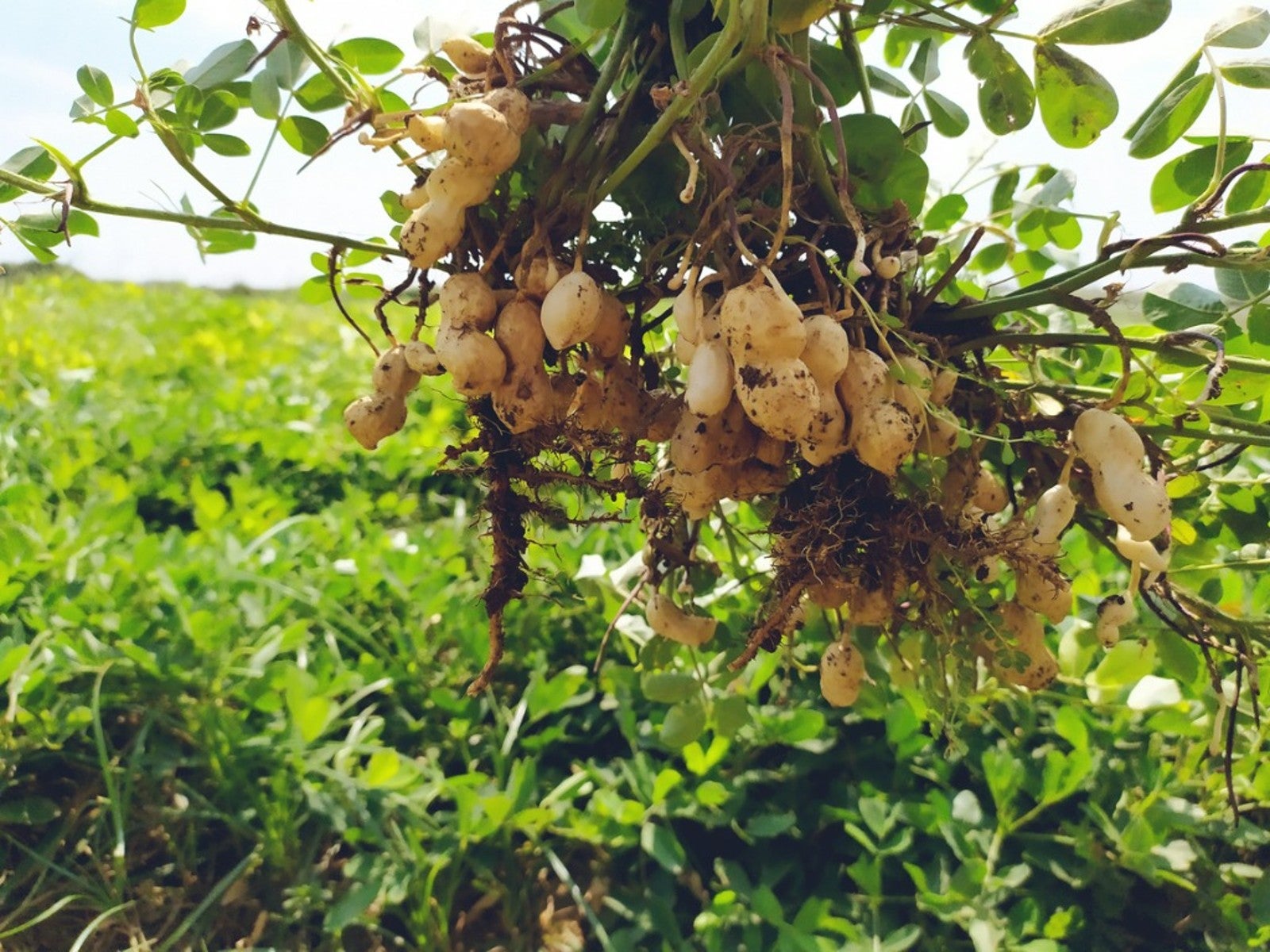

Peanuts are not at the top of the list of the most common plants in the garden, but they should be. They’re relatively easy to grow, and there’s nothing cooler than curing and shelling your very own peanuts. There are just a few varieties of peanuts that are usually cultivated, and the most popular by far is the runner variety. Keep reading to learn more about runner type peanuts and how to grow runner peanut plants.
What are Runner Peanuts?
Runner type peanuts are the most popular peanuts in America. They rose to prominence in the early 1970's with the introduction of a new variety called the Florunner. The Florunner quickly took off and it and other runner peanuts have since grown to make up the majority of cultivated peanuts, beating out the other major variety, bunching peanuts.
Runner peanut varieties are popular for a few reasons. The plants produce consistently high yields. The kernels are medium in size and very uniform in shape. They’re excellent for roasting, but they’re more frequently used for peanut butter, making up over half of the peanut butter production in the United States where they are grown in Georgia, Florida, Alabama, Mississippi, Texas, and Oklahoma.
How to Grow Runner Peanut Plants
Runner peanuts need warm weather to thrive and, as such, they are mostly grown in the southeast United States. Like other peanuts, they need full sun and somewhat rich, loose, sandy loam.
Peanuts fix nitrogen naturally and, therefore, don’t need much in the way of fertilizer. They take between 130 and 150 days to reach maturity, which means they need a long, frost-free growing season.
Apart from the Florunner, other popular runner varieties include the Southern Runner, the Georgia Runner, and the Sunrunner.
Gardening tips, videos, info and more delivered right to your inbox!
Sign up for the Gardening Know How newsletter today and receive a free copy of our e-book "How to Grow Delicious Tomatoes".

The only child of a horticulturist and an English teacher, Liz Baessler was destined to become a gardening editor. She has been with Gardening Know how since 2015, and a Senior Editor since 2020. She holds a BA in English from Brandeis University and an MA in English from the University of Geneva, Switzerland. After years of gardening in containers and community garden plots, she finally has a backyard of her own, which she is systematically filling with vegetables and flowers.
-
 Try The Trend – Turn Any Bed Into A Keyhole Garden With This Clever In-Ground Composter
Try The Trend – Turn Any Bed Into A Keyhole Garden With This Clever In-Ground ComposterKeyhole gardening is an efficient and sustainable practice that saves space. Get started on this DIY project quickly and easily with an in-ground composter.
By Bonnie L. Grant
-
 4 Superfast Composting Methods: Turn Waste Into Garden Gold In 30 Days Or Less
4 Superfast Composting Methods: Turn Waste Into Garden Gold In 30 Days Or LessTry the fastest composting methods to turbocharge your pile and transform kitchen scraps and garden waste into finished compost in just a few weeks.
By Mary Ellen Ellis
-
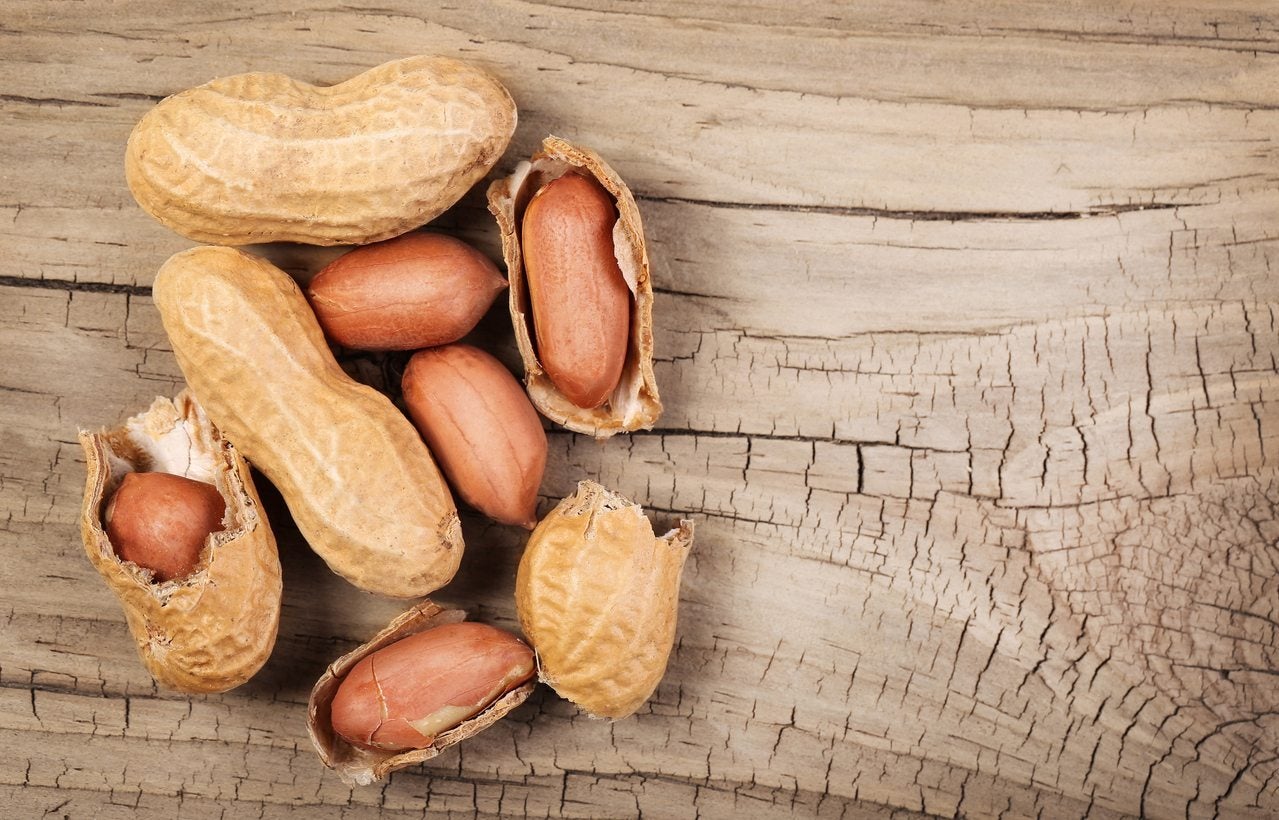 Valencia Peanut Info: Learn How To Grow Valencia Peanuts
Valencia Peanut Info: Learn How To Grow Valencia PeanutsIf you are only familiar with peanuts in the form of peanut butter or ballpark snack, you may be wondering what are Valencia peanuts? Click this article to find out how to grow Valencia peanuts and other info on Valencia peanut varieties.
By Amy Grant
-
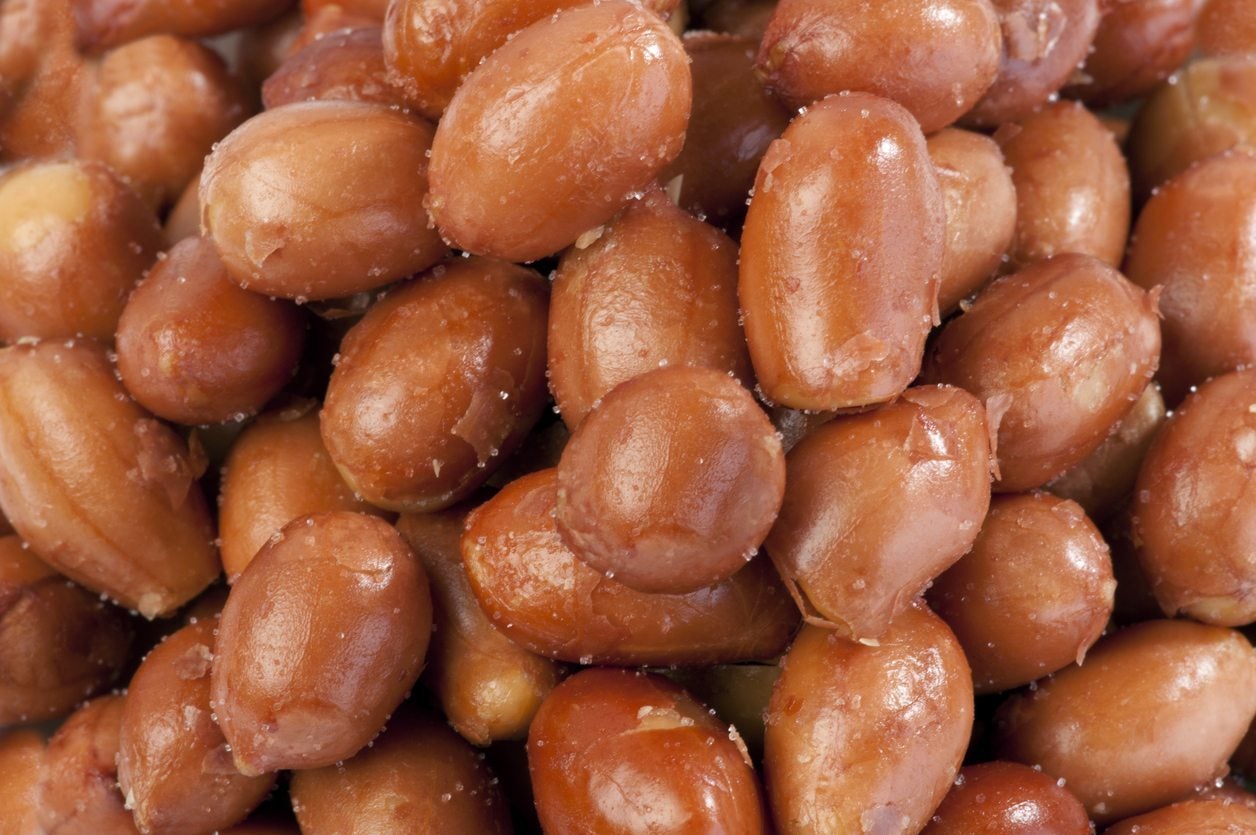 Spanish Peanut Information: Tips On Growing Spanish Peanuts In Gardens
Spanish Peanut Information: Tips On Growing Spanish Peanuts In GardensIf you've ever enjoyed peanut candies or peanut butter, then I'm sure you are familiar with their tasty potential and can't wait to get started growing Spanish peanuts in your garden. Let's get talking about Spanish peanut information and find out how to grow Spanish peanuts here.
By Shelley Pierce
-
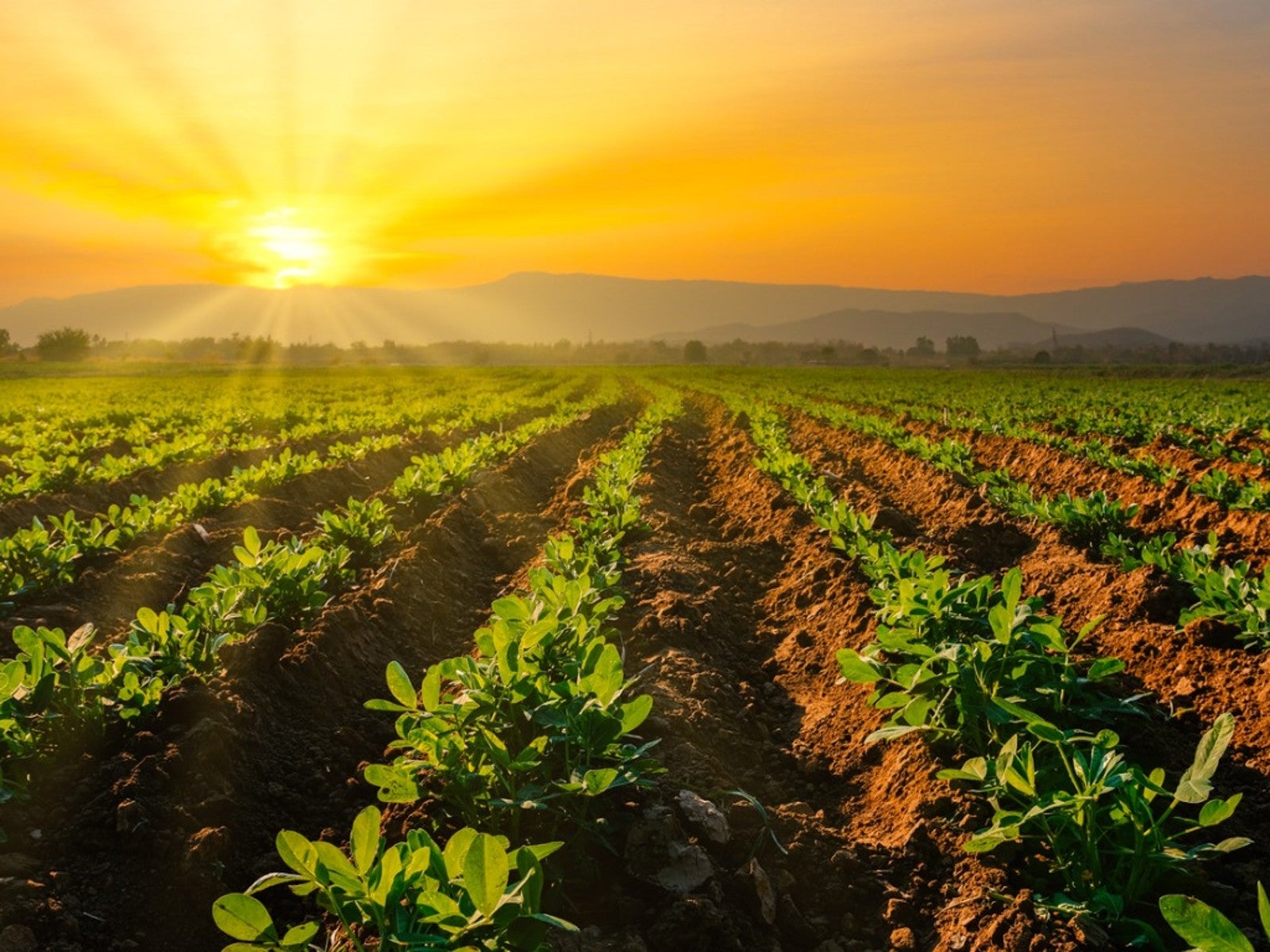 Watering Peanut Plants: How And When To Water A Peanut Plant
Watering Peanut Plants: How And When To Water A Peanut PlantHalf the fun of raising peanut plants is watching them grow and change rapidly. But in order to achieve this feat, certain peanut water requirements must be met. So how much water does a peanut plant need? Find out in this article.
By Gardening Know How
-
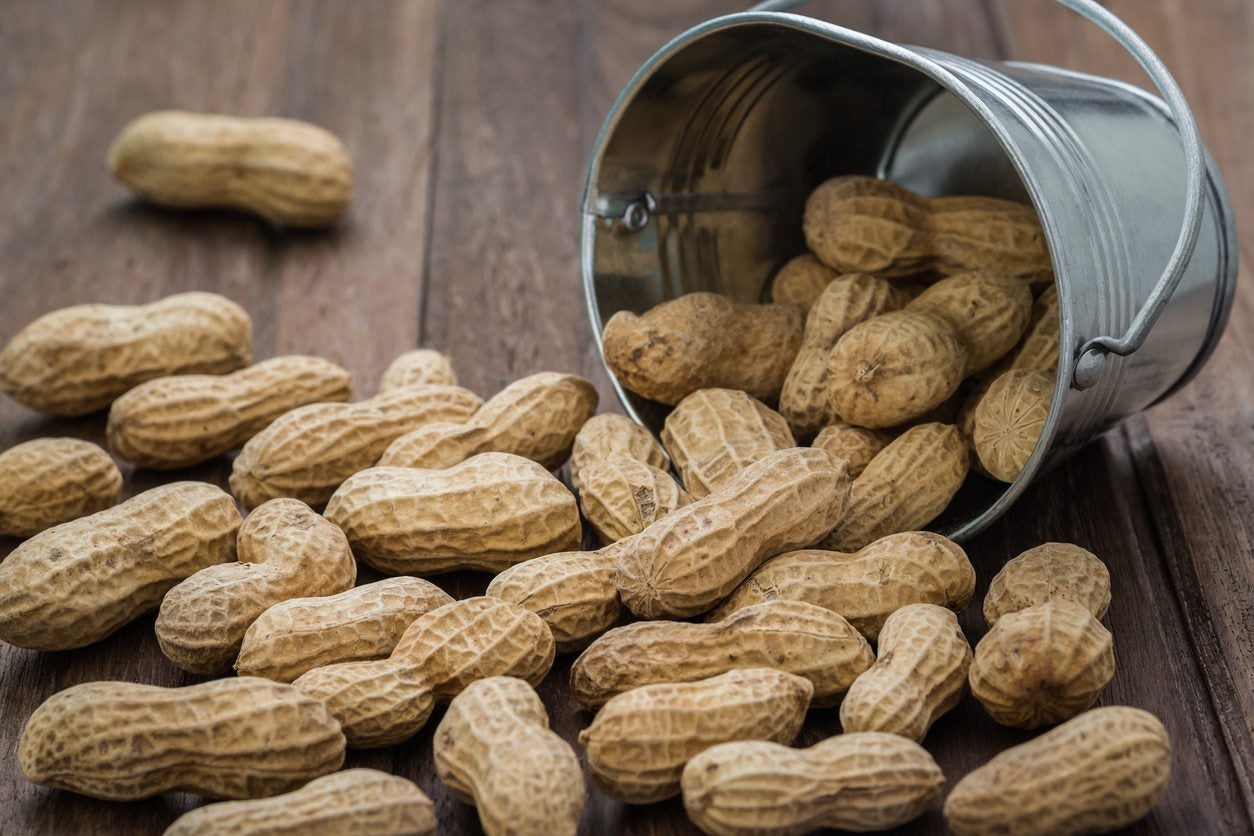 What Is A Virginia Peanut: Information On Planting Virginia Peanuts
What Is A Virginia Peanut: Information On Planting Virginia PeanutsAmong their many common names, Virginia peanuts are called goobers, ground nuts and ground peas. Although they're not grown exclusively in Virginia, their common name gives a nod to the warm southeastern climates where they thrive. Learn about them here.
By Victoria Blackstone
-
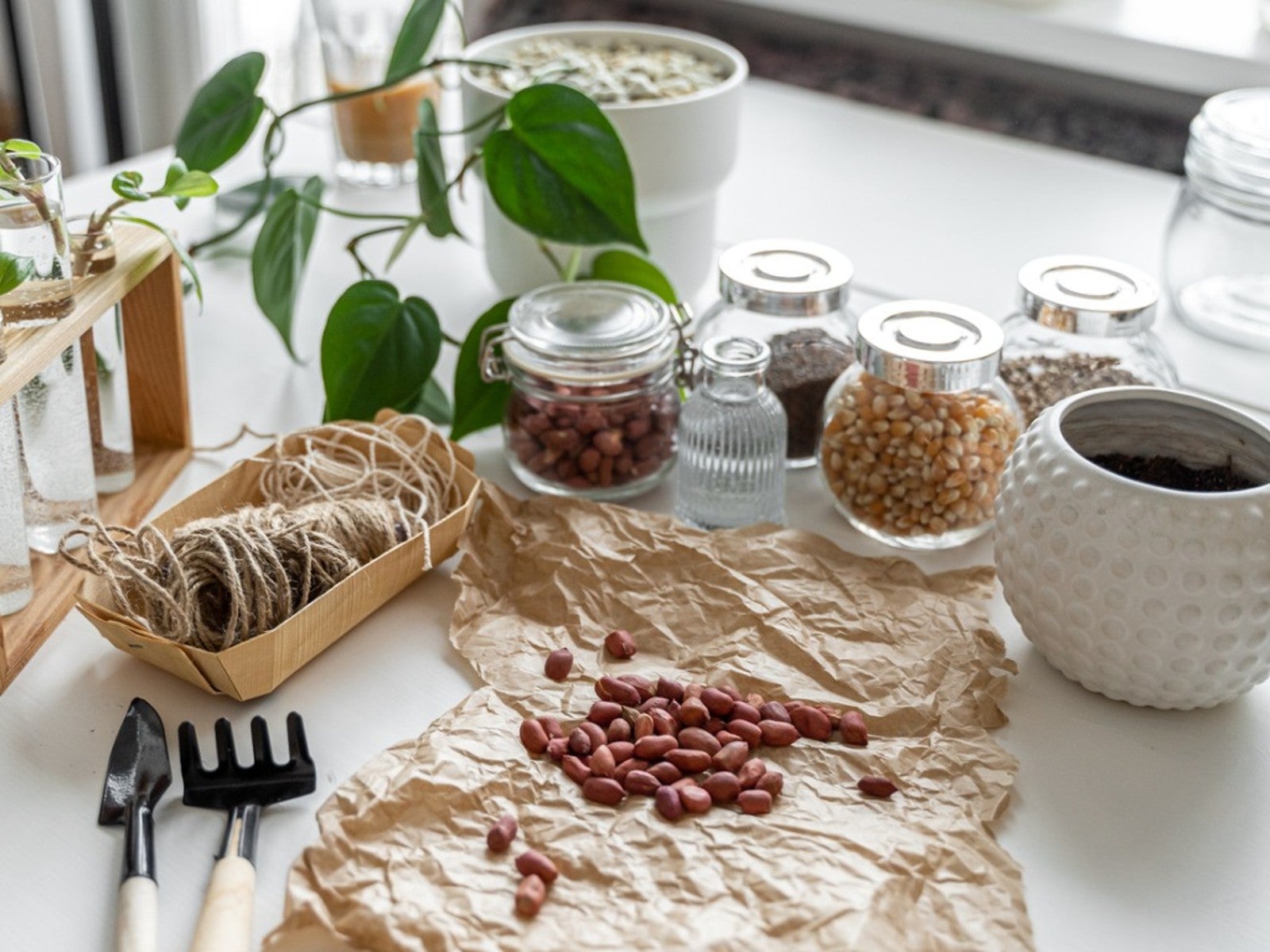 Indoor Peanut Growing – Learn How To Grow Peanuts Indoors
Indoor Peanut Growing – Learn How To Grow Peanuts IndoorsCan I grow a peanut plant indoors? This may sound like an odd question to people who live in sunny, warm climates, but for gardeners in chilly climates, the question makes perfect sense! If you want to learn how to grow peanuts indoors, click this article.
By Mary H. Dyer
-
 Groundcover Peanut Varieties: Using Peanut Plants As Groundcover
Groundcover Peanut Varieties: Using Peanut Plants As GroundcoverIf you are tired of mowing your lawn, take heart. There is a perennial peanut plant that produces no nuts but provides a beautiful lawn alternative. The pretty little yellow flowers are edible and can be used in salads. Learn more about these plants here.
By Bonnie L. Grant
-
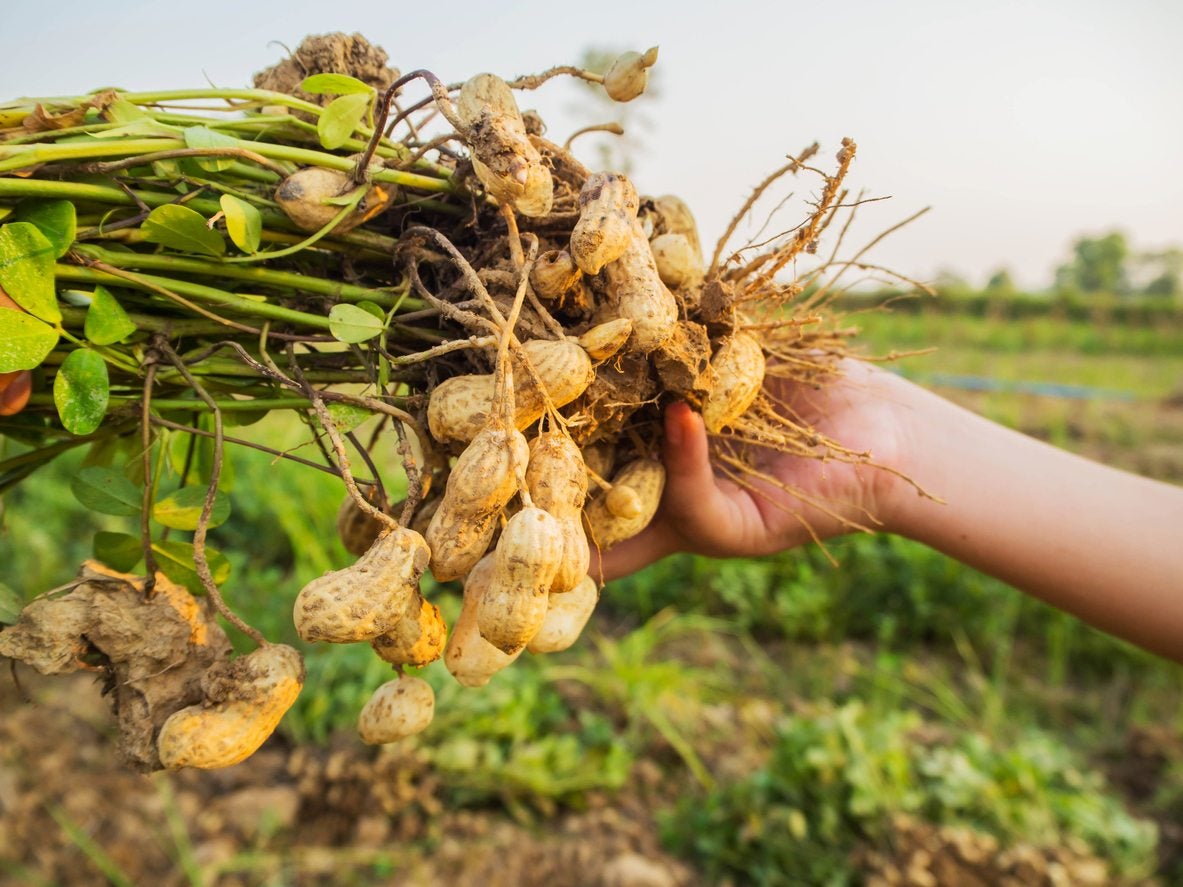 Types Of Peanut Plants: Learn About Different Varieties Of Peanut
Types Of Peanut Plants: Learn About Different Varieties Of PeanutWant to grow peanuts? How hard can it be? After all a peanut is a peanut. But what if your search of peanut plant seeds reveals that there's more variety to peanuts than you knew? Learn about the differences between these peanut plant varieties in this article.
By Darcy Larum
-
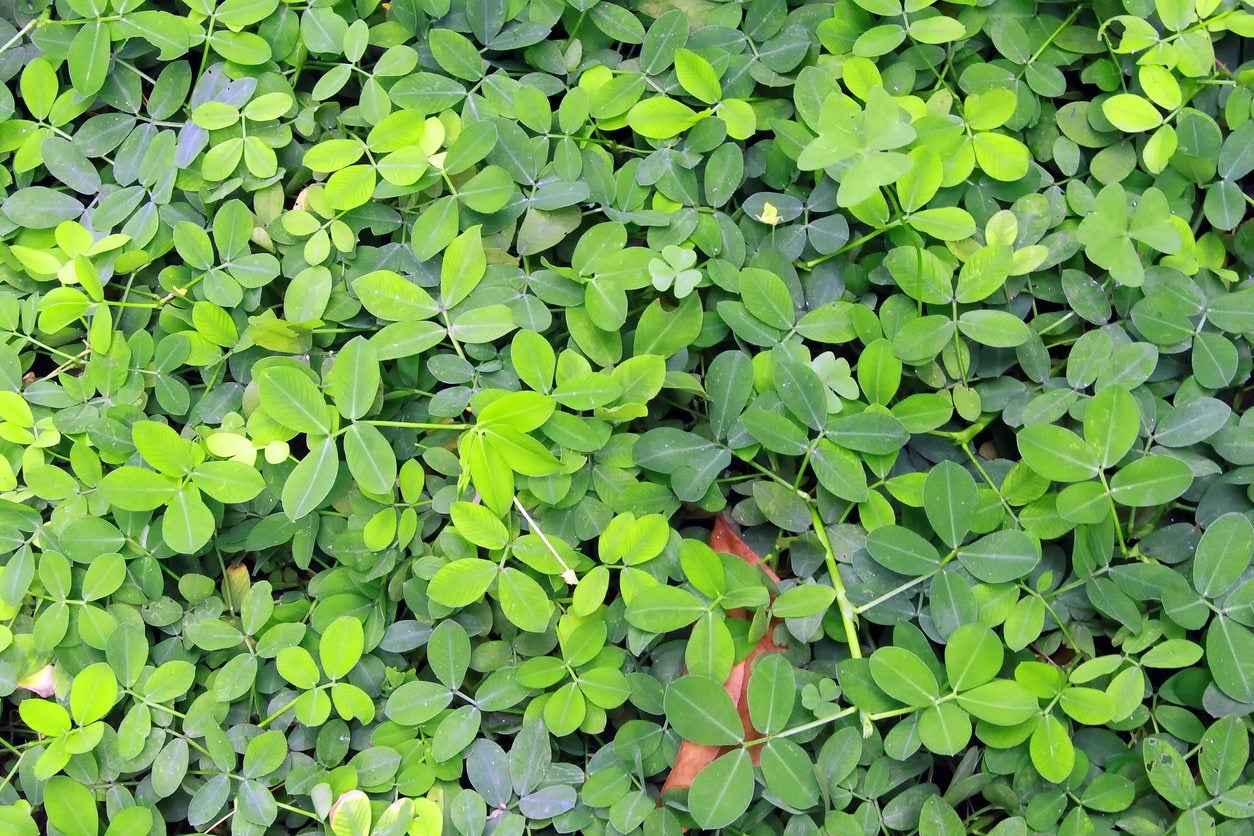 Using Peanuts To Improve Soil – What Are Benefits Of Peanuts In Soil
Using Peanuts To Improve Soil – What Are Benefits Of Peanuts In SoilPeanuts are legumes and, like all legumes, have the amazing ability to fix valuable nitrogen into the soil. Not only are you improving the soil with peanut planting but will end up with a tasty, nutrient rich snack for the family. Learn more here.
By Amy Grant